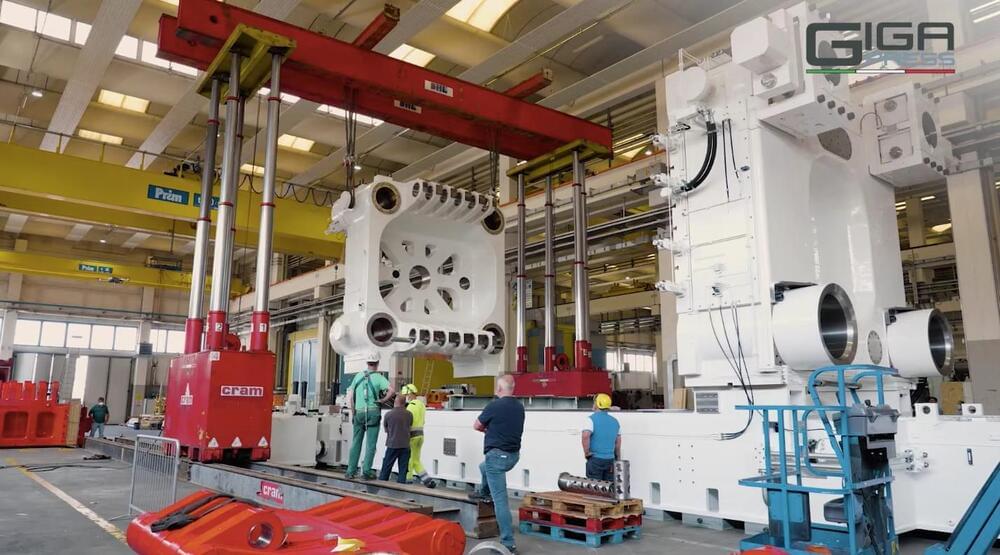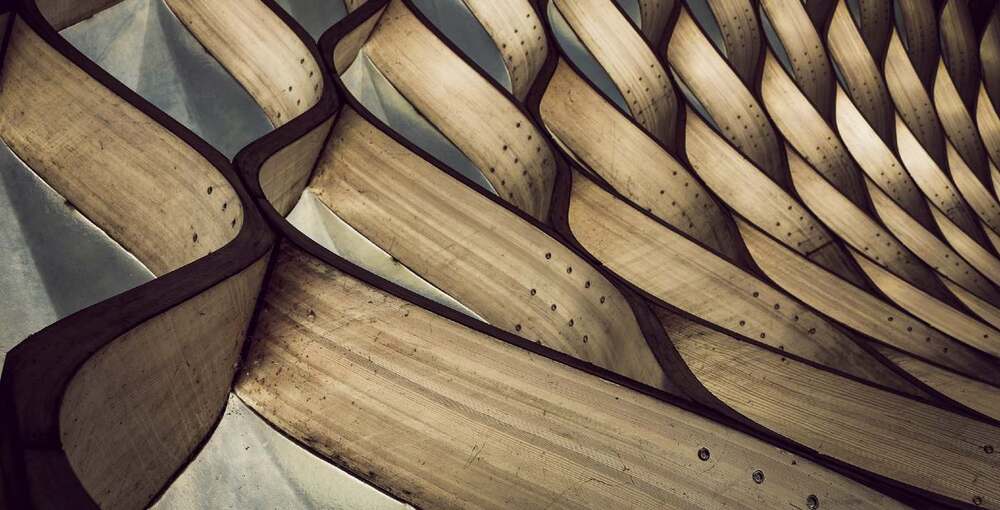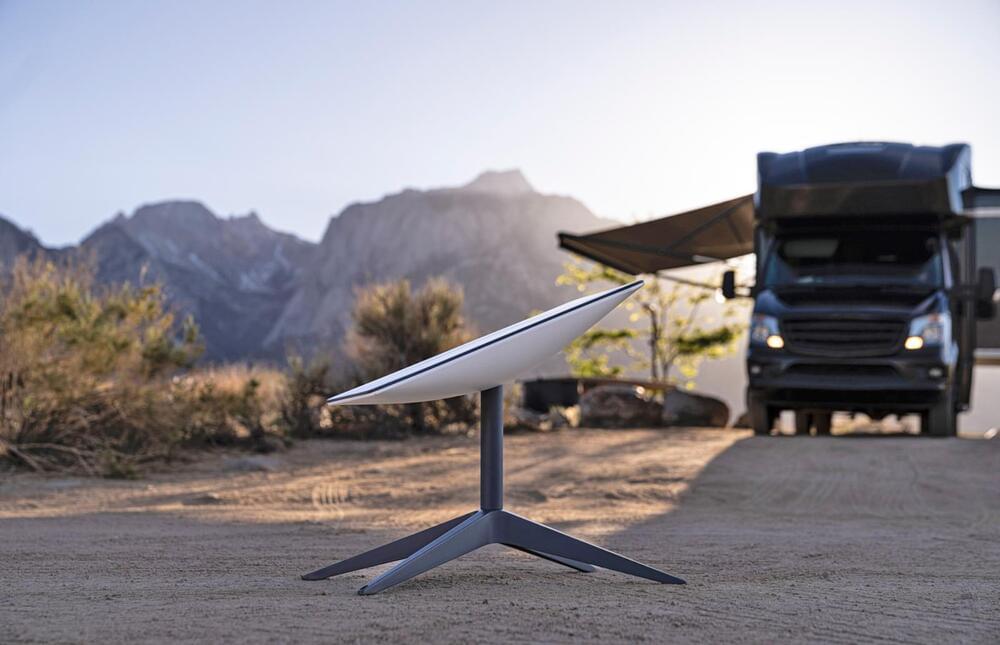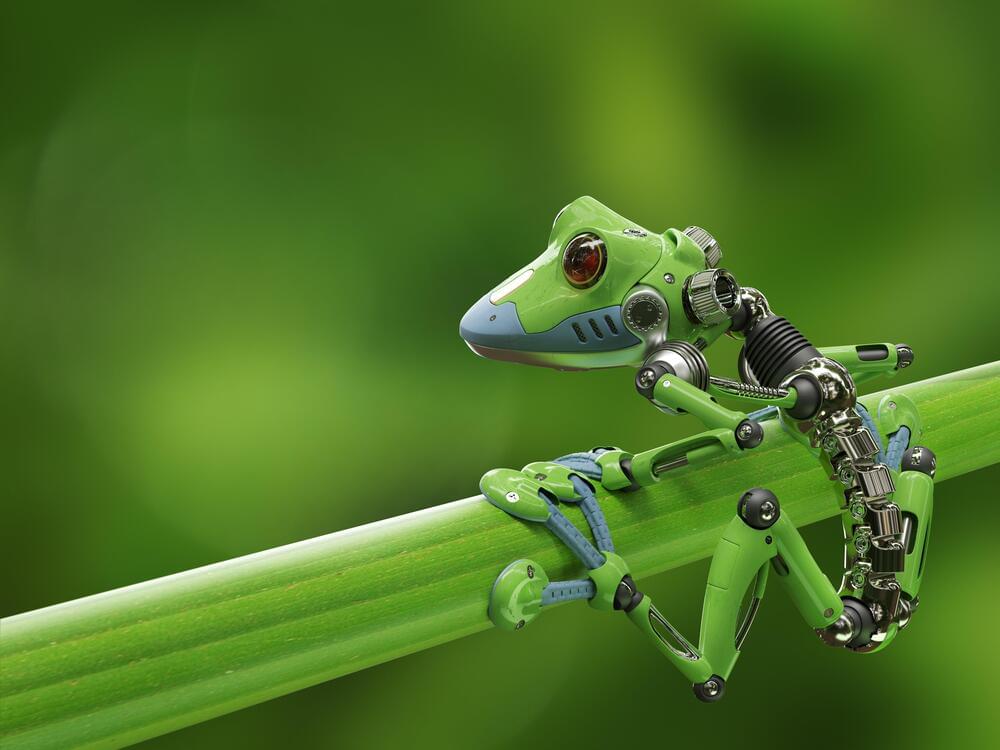3D printing can deliver massive savings in time taken to build the house exteriors, shaving off weeks from the process.
Category: habitats – Page 54
Israeli-Based Tech Startup Brings Your Old Family Photos To Life With Amazing Artificial Intelligence
There has been a massive tidal wave of tech innovation over the last couple of years. Some apps and platforms offer basic services for the home or office. Others ignite your imagination.
Gil Perry, CEO and cofounder of D-ID, an Israeli-based tech company, has created something amazingly beautiful and touching. Leveraging artificial intelligence and sophisticated technology, the company has created a unique, animated, live portrait, which animates the photos of long-lost relatives or whoever you’d like to see, as if they are in the room with you. Its tech makes people come alive and look realistic and natural.
The feature, Deep Nostalgia, lets users upload a photo of a person or group of people to see individual faces animated by AI. People have been able to breathe life into their old black-and-white photos of grandma and grandpa that have been stored in boxes up in the attic.



Oceanix Busan in South Korea Could Be The World’s First Floating City
A Korean company hopes to build a floating city Oceanix Busan. Seasteading is seen as a means to address climate-change-induced sea-level rise, as well as a sociology experiment.
But libertarian ideas are not the sole reasoning behind seasteading and floating cities. A prototype floating community is planned on the water next to Busan, South Korea. For the company that is creating it, Oceanix, it is about addressing the coastal community climate challenge of rising sea levels. Rather than building dikes and sea walls to hold back the ocean, Oceanix is offering a city that floats. So instead of increased sunshine day flooding along the US eastern seaboard that inundates Miami, Fort Lauderdale, Charleston, Norfolk, Hampton Roads and other Chesapeake Bay communities quite regularly these days, there would be cities that ride the surface of the ocean rather than be flooded by it.
It’s not like people haven’t been living in floating accommodation for decades. Houseboat communities here in Toronto have been around for a number of years. I visited one of these homes a few years ago and was surprised to see the quality of accommodation and the lifestyle it supported. Today, there are people living permanently on cruise ships that travel the globe. And in The Netherlands, boats and retired ships moored along its many canals have been turned into permanent homes often featured in HGTV’s House Hunters International. But it is in low-lying coastal areas like Bangladesh, The Maldives, and many Pacific island nations where the floating city is seen as a climate change solution for encroaching seas.
Itai Madamombe, of Oceanix, told The Economist recently that the prototype for the community to be built off Busan will cost an estimated $200 million US. Initially housing up to 500, the plan is to grow to a community of 10,000. Oceanix Busan plans to be self-sustaining producing net-zero energy from solar, wind, and the motion of the sea. It will rely on harvested freshwater from a variety of sources. All waste will be fully recycled or reused using closed-loop processes. The community will grow its own food using vertical permaculture soil-less farms.

IDRA posts assembly video of its 9,000-ton Giga Press, which is rumored for the Tesla Cybertruck
IDRA has posted a video showcasing the assembly process of its 9,000-ton Giga Press, arguably one of the largest casting machines in the market. The 9,000-ton Giga Press is expected to be used in the production of the Tesla Cybertruck’s single-piece rear underbody.
IDRA has been teasing the 9,000-ton Giga Press for some time now, with the company posting several teasers of the gigantic machine on its official LinkedIn page over the past weeks. The company will be previewing the 9,000-ton Giga Press at an open house event from June 6–14, 2022, where attendees will be able to see the assembled monster up close.
The recent assembly video from IDRA is likely part of the company’s subtle promotional efforts for the 9,000-ton Giga Press. The sheer size of the machine’s components was highlighted in the clip, as even the contraption’s parts dwarfed IDRA’s staff. One thing was evident in the recently-posted video — the 9,000-ton Giga Press is a daunting machine.

Scientists Can Now Fully 3D-Print Wood In A Lab — Without Cutting Any Trees
Biodiversity is on the verge of being devastated due to the inclination towards deforestation these days. The adverse climatic conditions that our Earth is facing nowadays are also the result of this pressing concern. However, to mitigate this climatic distress caused by deforestation, a team of researchers at the MIT Institute has come up with a novel technique to artificially grow wood in a controlled environment in the lab, which can then be used for making furniture and other wooden houses, which are now being made from cutting trees, thereby posing a threat to our natural habitat. Apart from the amazing growth, we can also print “3D custom-designed wooden structures” out of the replicas, which can considerably reduce wood waste as well.
Prior to discussing the mechanism of wood production, an interesting thing to note is that we can easily change the shape and structure of these artificially produced woods according to our requirements. The researchers have demonstrated the whole process through an experiment in which a flowering plant known as “Common zinnia (Zinnia Elegans)” would be taken and the cells are then extracted from its leaves which can then be conserved in a liquid mixture for several days. After it becomes nutritionally embellished, a gel-based material would be utilized to further refine the mixture.
However, these cells would then give birth to new plant cells which will then be treated accordingly as per the lab conditions. Moreover, we can also reform the physical and mechanical properties of the cells by increasing or decreasing the hormonal concentrations as per the needs.

Starlink launches satellite internet for RVs that costs $25 more
Starlink has launched a new product meant specifically for RV dwellers and those who can’t wait to get connected to the satellite internet service. While applying for a regular Starlink dish and service will put customers in a waitlist until 2023, Starlink for RVs is immediately available and will ship out to buyers right now. The downside? Network resources are always de-prioritized for it, and the service costs $135, which is $25 more than a regular Starlink connection.
In other words, the RV option costs just as much as a regular Starlink connection with the Portability feature introduced back in March that allows customers to use the service while they’re away from home. A regular connection requires one to have a home service first, though, and that may not be possible for some people. Another difference is that the product for RVs gives customers the ability to pause and un-pause service, so they can control when their billing starts and ends.
Since the network is de-prioritized for the RV service, though, users’ connection might be slow and intermittent in congested areas and during peak hours. “Stated speeds and uninterrupted use of the service are not guaranteed,” the company wrote in its Help page, clearly making sure interested customers understand that it’s prioritizing at-home users. One important thing to note for those looking into the RV option is that they can’t use Starlink while in motion at this time. SpaceX chief Elon Musk also added on Twitter that the dish is too big for cars, though that didn’t stop at least one user from bolting it onto their vehicle’s hood.

